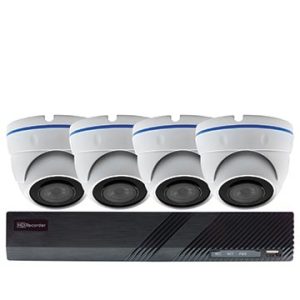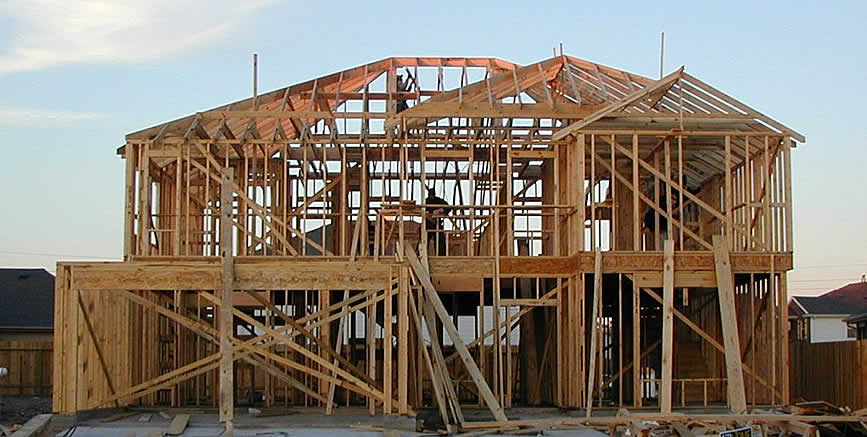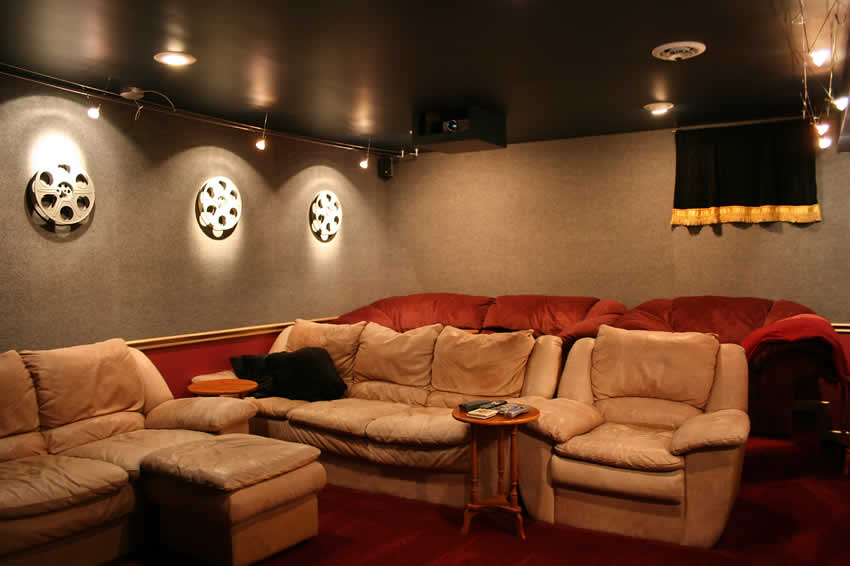When Building A new home, An Audio Video pre-wire before completing the build makes a lot of sense.
The Antenna Company Can Install The Most basic to the most complex Audio Video System
One of the joys of building your own home is taking full advantage of exciting technologies that are widely available today but that were unimaginable just a few years ago.
Your new home can be a very entertaining space with ultra-high definition video, interactive gaming, 90-inch flat-screen TVs and more. And it can offer the latest in home automation. Everything from lighting, home security, climate control and more can now be controlled remotely from your iPhone, for example.
Many of these options weren’t available just five years ago, so the obvious questions are:
- Where are we headed next?
- How do I future-proof my new home, so it will work well with technologies that haven’t even been invented yet?
We’re not going to become any less dependent on (or addicted to) technology. The pace of change and innovation will only accelerate. While you may not be able to fully imagine the next big thing (unless you’re the next Steve Jobs) you can pre-wire a new home in flexible and robust ways.
The Top 10 Features Home Buyers Want
- Open Concept Homes — New homes offer spacious, flowing floorplans and high ceilings that older houses don’t provide.
- Smaller Homes — McMansions are expensive to heat, cool and maintain. The wide array of new homes make it easy to find the size just right for you.
- Outdoor Living Spaces — True in Canada and even more so in the many temperate areas of the U.S. For example, the 2011 Design Driver Survey from AvidBuilder found that 31.4 percent of move-up buyers (people moving to a larger home) said they either must have or really want an outdoor fireplace.
- Neutral Decor — Probably best for selling a home. However, as a new home buyer, don’t be afraid to display your true colors.
- Modern Kitchens — The heart of every home. This is where new homes shine with the latest and greatest design, cabinets, countertops and lighting — to say nothing of state-of-the-art appliances.
- Smart Growth — Many of today’s master planned new home communities offer community clubhouses and pools, protected nature areas, hiking trails, playgrounds and more.
- Going Green — Hands down, new homes win here, too.
- Linen Closets & Smart Storage — New homes take the win in this category, too. Simply compare the much larger walk-in closets of today’s new homes with the cramped closest of old homes.
- Energy-Efficient Fixtures & Appliances — Our new vs. resale home comparison is turning into a rout. Today’s new homes feature enormous energy efficiency in appliances, HVAC (heating, ventilation and cooling equipment) and throughout the house.
- Double Car Garage with Organized Work/Storage Space — You’d be hard-pressed to find a new home that doesn’t score a “10” on criteria number 10.
Article Source: https://www.newhomesource.com/guide/articles/top-10-features-home-buyers-want
Ensuring that conduit and wiring (think of it as electrical plumbing) for data and video is in place when you build a home is by far the most efficient way to plan for the future technologies that will be available. It will always be more expensive to upgrade a house for newer technology once the walls are in place and sealed. Building a reliable infrastructure now for data will pay off in countless ways over the many years you’ll live in your new home.
In all reality I can’t honestly say that I’ve never heard anyone say, ‘Man, I just pulled too many wires through this house. Anyone in the know will tell you the more the better.
Architects, Builders and Interior Designers Are Coming OnBoard
We’re starting to get to the point where builders, architects and interior designers understand that it does take proper planning and consideration. If you’re going to incorporate a digital experience, do it at the front.”
The abundance of wireless components on the market today may make it seem like pre-wiring a house is a waste of time and money, however this is not so.
Wireless works great for some applications, such as printers, but it “just really doesn’t work very well with high-definition and ultra-high definition video and speakers,” Pedigo says. Video bandwidth is accelerating at a much faster pace than wireless capabilities. And speakers will always need wires. There are wireless speakers, but they still require a power source.
You need to hard-wire the data connections to all the electronics, Gaming systems are interactive, tying in families. People are Skyping. There is a ridiculous amount of content available. A lot of the apps you might want on a TV might not be 100 percent effective on a wireless network. Imagine a highway with no lane dividers. It’s just chaos.
Beyond the need to pre-wire a house for current and future technology needs, architects and designers recognise the need to ask their clients about their entertainment choices.
At one time, a video game only provided exercise to your thumbs. Now, there are Wii and Kinect systems that have players jumping, ducking and dancing around the room. That means more open space in front of the unit.
Then there are the TVs.
If you don’t plan for big TVs, you’re up a creek without a paddle, If there’s a fireplace, it has to be offset, or you put the TV on top of the mantle. If you don’t wire for it, forget it.
Home Automation Becoming The Norm
While entertainment applications might be the most exciting area of home technology innovation, home automation is another area that’s expanding rapidly, now that the iPhone and Android smartphone in your pocket lets you handle everything from securing a dinner reservation to making a bank deposit.
In the next couple of years, people will expect automated lighting control, heating and security, we’re getting to the point that the cost will make it significantly more accessible. So many people have smartphones now. They don’t have to buy a separate device to control each system. They’re walking around with a $600 controller in their hand.
Customers are seeking a lot of home automation applications, particularly in the area of lighting and audio controls. What he sees becoming widespread next is climate control, done remotely from a smartphone or tablet.
In fact, it’s already happening. The nest is a digital thermostat created by former Apple executive Tony Fadell, known as the “father of the iPod.”
Designed to help reduce power bills, Nest “learns” how and when you use energy – when you make breakfast, take showers, head out the door for work or school and when you go to bed. As Nest learns these patterns, it makes automatic adjustments to maximise energy efficiency. It will even send you an e-mail reminder to change your furnace and air conditioning filters. Your home is monitored and adjustments made remotely from some platforms – including, iPad and iPhone.
AT&T recently announced its plans to roll out Digital Life. This Web-based system lets users do everything – from changing the thermostat to unlocking a door for a service technician – from a laptop, tablet or smartphone anywhere in the world. Well, now they’ve got our attention.
Who hasn’t wasted a day sitting around waiting for the cable guy to show up? That will not happen if you are using The Antenna Company to get the job done.
And soon, homeowners can expect their appliances and HVAC systems to send alerts when they need maintenance or repair, Crasi says.
Home automation can also help ageing or disabled homeowners via motion sensors that turn on lights as they go down a hallway, reminders to take medication, or alerts to a family member that a loved one has fallen.
Furture Proofing Is All About Being Prepared
And that’s just what the professionals are talking about now. It’s hard to imagine what might be the next innovation. Whatever it is, it’s going to need wires, Pedigo says. The best place to put those is inside the walls when your home is still under construction.
The only one way to future-proof a home is to pull conduit to certain parts of the home,” he says. “That way, if a new technology comes out in three to five years, you’re ready for it. I’ve taught that for a decade, and no one has ever challenged me. It’s a lot cheaper to pull the wire now than go back after the fact and reinstall it.
 PoE Security 8CH NVR Kit with 2TB HDD, 4x 5MP Dome
PoE Security 8CH NVR Kit with 2TB HDD, 4x 5MP Dome









